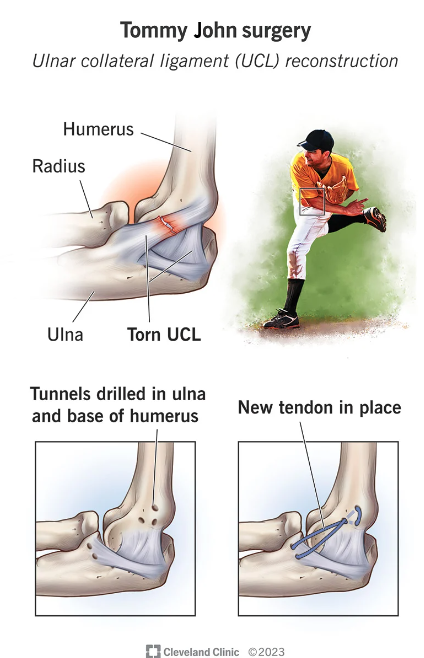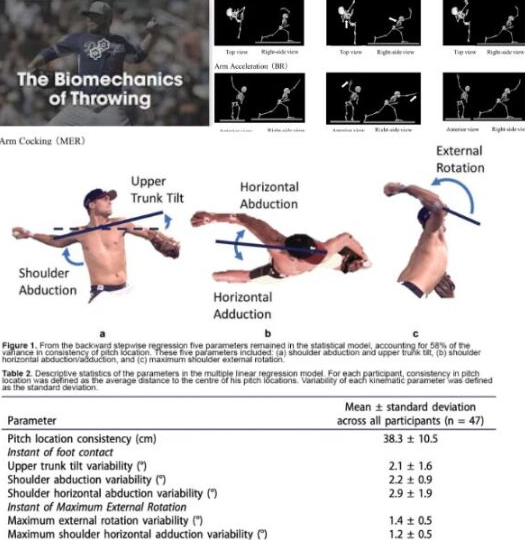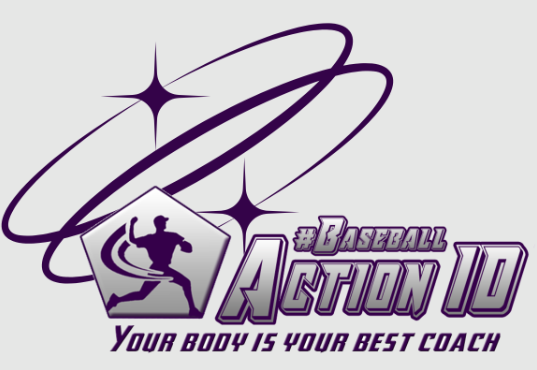The definition of insanity is doing the same thing over and over again, but expecting different results – Albert Einstein

Did you realize that over the last 33 months, there have been approximately 400 Tommy John surgeries in Major League Baseball? That’s quite a significant number to wrap your head around! Most MLB teams had an average of around 14 TJ surgeries, but there were two organizations that experienced even more, with numbers in the twenties!!
Even with Million-dollar Biomechanical labs, High-tech equipment, the Highest Tech Degrees and $25 words….we still can’t get it right!
Why? Because people are no robots!
Because we can’t escape from an athlete’s individual motor preferences, which are deeply ingrained in his unconscious system and can’t be measured by software, because the software can’t measure the individual method of production.
Thinking that mathematical analyses or computer software can make you ‘move’ perfectly is just a big misunderstanding because techniques have to be individual and have to be built from the inside out!
Unfortunately, we see new examples every day of pitchers suffering severe injuries, often requiring surgery! In fact, throwing-related injuries have been on the rise since 2000. This emphasizes the importance of prioritizing player development and health more than ever before. It’s crucial to understand and work with each player’s natural motor preferences.
Coaches, instructors, data analysts, and biomechanical experts who try to impose unnatural postures on athletes can create various problems. These issues may include injuries because athletes might struggle with movements that go against their natural tendencies. It can also disrupt their flow as they may not perform comfortably and naturally.
The most significant violation when it comes to an individual’s motor preferences is related to what we call “the 2 ABSOLUTES.” These violations are often the root cause of serious arm injuries.
Athletes use either a hip or shoulder strategy to power their movements. This depends on where their spine is most flexible, either having a high mobile point (where shoulders and hips can rotate independently) or a low mobile point (where shoulders and hips work together).
When it comes to pitchers, we can determine their healthiest, most efficient, and energy-saving release point by considering two factors:
* Whether the pitcher has a vertical or horizontal organization.
* Whether the pitcher has a high or low mobile point in the spine.
These preferences have been ingrained in their motor skills since birth and represent their optimal and healthiest release point. Trying to change this natural arm slot can put the player at risk of severe injury.

